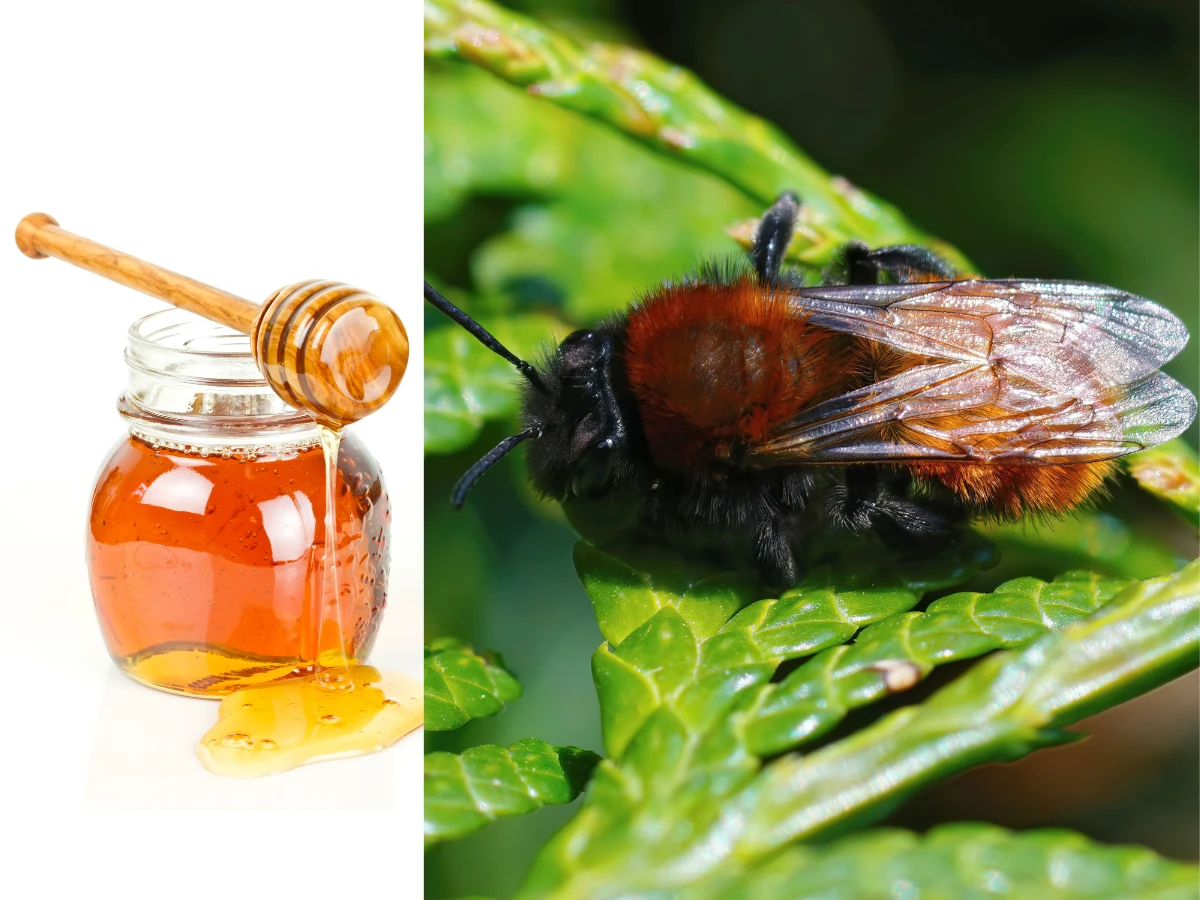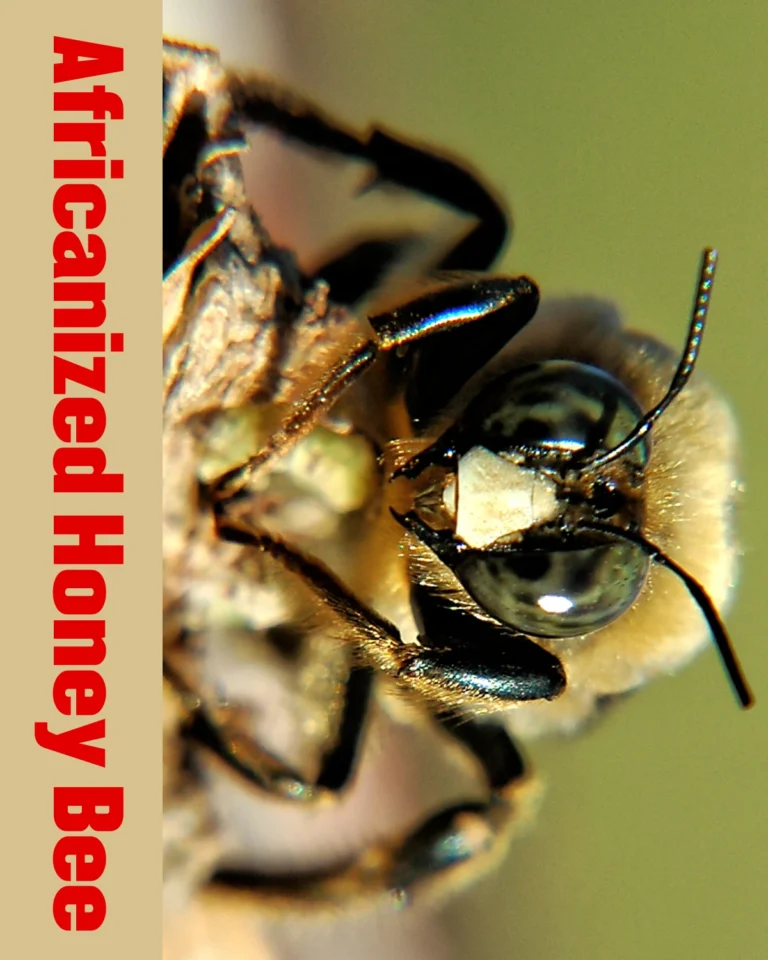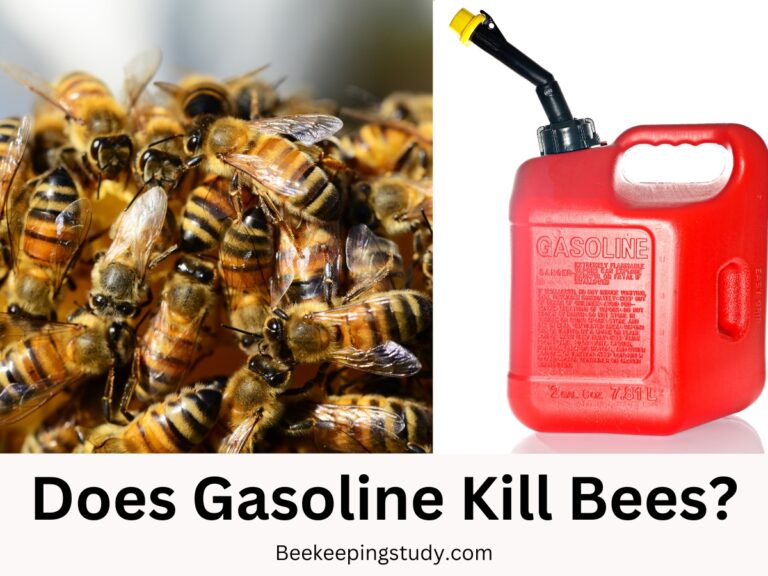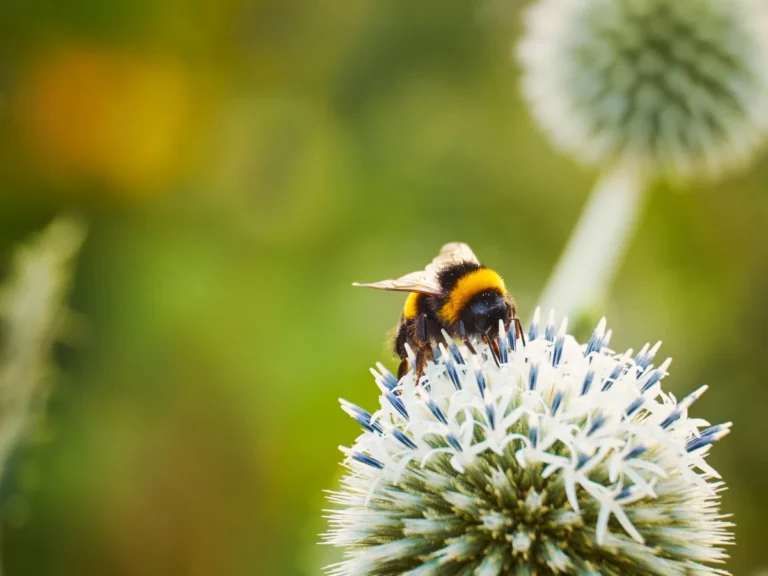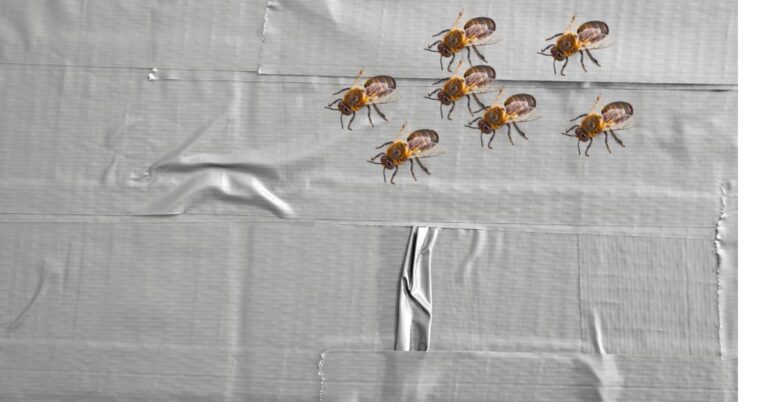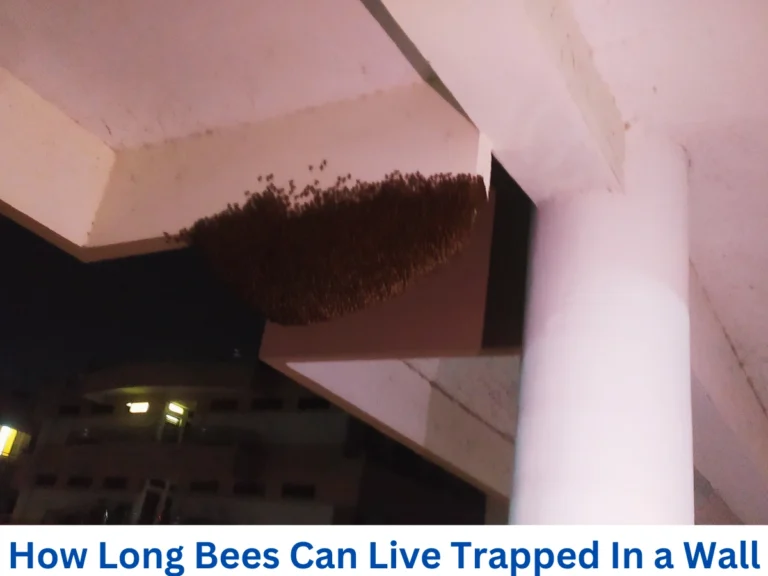This post might be created with help from AI tools and carefully reviewed by a human (Anthor Kumar Das). For more on how we use AI on this site, check out our Editorial Policy.
Do All Bees Make Honey? The Surprising Truth!
When we think of bees, the first thing that comes to our mind is honey. But do all bees make honey? No, not all bees produce honey.
In this blog post, we will explore which bees make honey and why. Also, we will look into the different types of bees, their behaviors, and the various roles they play in the ecosystem.
Do All Bees Make Honey?
There are over 20,000 species of bees worldwide, each with unique behaviors and ecological roles. But there are only a few of them capable of producing honey. More specifically honey bees are the only species of bees that produce honey that humans can consume.

What Bees Make Honey and What Doesn’t?
Bees can be broadly categorized into social bees and solitary bees. Social bees, like honeybees and bumblebees, live in colonies, while solitary bees do not.
Social bees are capable of producing honey from nectar collected from flowers. But solitary bees are not capable of producing honey at all.
Honeybees
Honeybees are the most well-known honey producers. Belonging to the genus Apis, honeybees live in large colonies with a single queen, many workers, and drones.
They produce significant amounts of honey, which they store to feed the colony during winter when nectar is scarce.
Honey is produced from nectar collected from flowers, which is then converted into honey through a process of regurgitation and evaporation.
The excess honey produced by honey bees is collected by beekeepers. Honey collected from honey beehives is feeding billions of humans all over the world. You can learn details if you are interested in how do honey bees make honey.
Bumblebees
Bumblebees, belonging to the genus Bombus, also live in colonies but produce only small amounts of honey. Their colonies are smaller than those of honeybees, typically containing 50 to 400 individuals.
Bumblebees store nectar in their nests to feed their young but do not produce large quantities of honey for winter storage. Instead, their colonies die out in the fall, and only the queens hibernate to start new colonies in the spring.
This is why honey produced by bumble bees is not human-eatable. Very small amount of honey produced by bumblebees only for the survival of the current colony members.
People often confuse bumble bees with honey bees and wasps However, there are differences among bumblebees, honey bees, and wasps.
Solitary Bees
Most bee species are solitary. These bees do not live in colonies and do not produce honey. Each female solitary bee builds her own nest and provisions it with pollen and nectar for her offspring.
Solitary bees, such as mason bees and leafcutter bees, are important pollinators but do not engage in the complex social behaviors seen in honeybees and bumblebees.

Solitary bees also known as ground bees can’t produce honey. But ground bees are also excellent pollinators. We must also help them to keep their existence to make a healthy world.
| Key Points | Honey Bee | Bumblebee | Solitary Bees |
| Honey Production | Excess honey production | Very little honey production | Unable to produce honey. |
| Colony size | Few thousands to up to 80,000 | 50 to 400 | Mostly lives alone |
| Pollination | Yes. | Yes. | Yes. |
How Do Honeybees Make Honey
To understand why not all bees make honey, it’s helpful to look at how honey is made by honey bees. The process involves several steps:

- Collecting Nectar: Worker bees collect nectar from flowers using their long, tube-like tongues. The nectar is stored in their “honey stomachs,” separate from their digestive stomachs. When they return to the hive, they regurgitate the nectar and pass it to other worker bees.
- Transforming Nectar: The worker bees repeatedly regurgitate and consume the nectar, mixing it with enzymes in their mouths. This process breaks down complex sugars into simpler ones. The nectar is then deposited into honeycomb cells.
- Evaporation: Bees fan their wings over the honeycomb cells, promoting evaporation and reducing the water content of the nectar. This thickens the nectar into honey, which is then capped with beeswax to keep it preserved.
We have a lot to learn from the honey-making process of honey bees. In the entire process communication, hard work, and teamwork produce the world’s most healthy food. The greatest intelligent creature after humans on earth.
Why Not All Bees Make Honey
The primary reason not all bees make honey lies in their differing life cycles and survival strategies.
Survival Strategies
Honeybees produce honey to store food for the winter. Their large colonies require a substantial amount of food to survive when nectar sources are unavailable.
In contrast, solitary bees and many bumblebees do not need to store large amounts of food because they have different survival strategies.
Solitary bees provision their nests with enough food for their larvae, and bumblebee colonies do not survive the winter, eliminating the need for extensive honey storage.
Behavioral Differences
The social structure and behavior of bees also influence honey production. Honeybees have highly organized colonies with a clear division of labor, enabling them to produce and store large quantities of honey.
Solitary bees, on the other hand, operate independently, focusing on provisioning individual nests rather than communal storage.
The Role of Bees in Pollination
Regardless of whether they make honey, all bees play crucial roles in pollination. They transfer pollen from flower to flower, aiding in plant reproduction and contributing to biodiversity and agricultural productivity.
Pollination Services
Honeybees are well-known for their pollination services, but solitary bees and bumblebees are also important pollinators.
In fact, some solitary bees are more efficient pollinators for certain crops because of their specialized behaviors. For example, mason bees are excellent pollinators for fruit trees, while leafcutter bees are effective for pollinating alfalfa.
Conclusion
So, do all bees make honey? The answer is no. While honeybees are prolific honey producers, bumblebees make only small amounts, and solitary bees do not produce honey at all. Each type of bee has adapted different strategies for survival and reproduction, reflecting their unique roles in the ecosystem.
Understanding the diverse behaviors and contributions of different bee species highlights the importance of conserving all types of bees, not just honeybees. Protecting these vital pollinators ensures the health of our ecosystems and the sustainability of our food supply.

